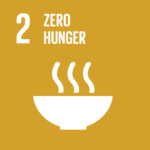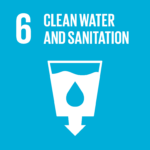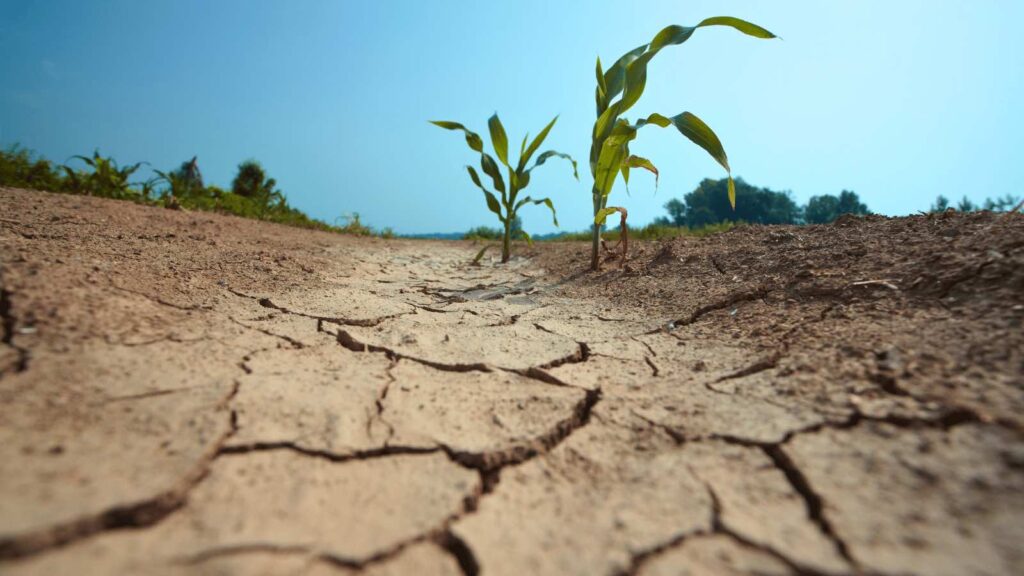The catastrophic droughts that have ravaged parts of Asia, pushing millions into crisis, have been made much more likely by climate change, according to a recent analysis.
Without global warming caused by human activity, the ongoing agricultural drought that has hit countries across the region would not have been possible, experts say.
RELEVANT SUSTAINABLE GOALS




Droughts in Asia
Large parts of Asia, from India to China, are experiencing their worst droughts in decades, with devastating effects on food production and water supplies. In India, for example, the monsoon season in 2022 was 33% below average, leading to severe water shortages in many regions.
According to the World Meteorological Organization, the frequency and intensity of droughts in Asia are increasing due to rising temperatures and changing rainfall patterns. Climate change is making droughts longer, more frequent, and more severe, which in turn is exacerbating water scarcity and food insecurity in many countries.
The impacts of the droughts are far-reaching. In India, for example, the agricultural sector, which employs around 60% of the population, has been severely affected, with crop losses estimated at up to 40%. Farmers are struggling to grow enough food to feed themselves and their families, and many are being forced to sell their livestock and other assets to survive.
In China, the drought has led to a sharp increase in food prices, with some crops experiencing price increases of over 20%. This is adding to the already significant economic challenges facing the country, including rising inflation and slowing growth.
The situation is similarly dire in other parts of the region. In Vietnam, for example, the drought has led to widespread crop losses, water shortages, and increased risk of forest fires. The Mekong Delta, which is the country’s main rice-growing region, has been particularly hard hit, with crop yields down by up to 70% in some areas.
Despite the severity of the situation, there is still hope for the future. Experts say that if the world takes strong action to reduce greenhouse gas emissions and limit global warming, it may be possible to avoid the worst impacts of climate change and protect vulnerable communities from the worst effects of droughts.
In the meantime, governments and aid organizations are working to provide support to those affected by the droughts, including by distributing food aid, providing water and sanitation services, and supporting small-scale farmers to adapt to the changing climate. However, the scale of the challenge is immense, and much more needs to be done to protect vulnerable communities from the worst impacts of droughts and climate change.
You may also be interested in :
Circularity Gap Report 2023 : “We Live In The Overshoot Era”


